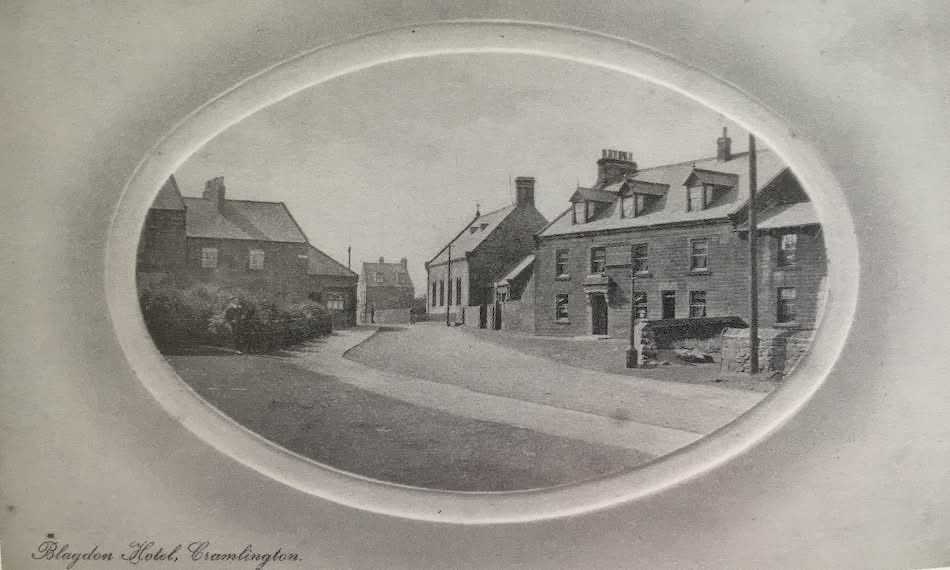
Cramlington
Cramlington Wesleyan Methodist Chapel
Last Updated:
3 Feb 2025
Cramlington
This is a
Chapel, Place of Worship
55.086674, -1.584709
Founded in
Current status is
Extant
Designer (if known):
J J Lish

Now occupied by an opticians
Here’s possibly my favourite building in the whole of Cramlington - the Wesleyan chapel which isn't listed!
It’s lovely to see one so well looked after post-decommissioning, and is now utilised by an opticians firm.
Given the expansive coal fields around here, it’s without doubt the influence of Methodism even when this was all rural. It’s known John Wesley preached over at Plessey, and small chapels dotted the villages of South East Northumberland. Cramlington village was relatively newer to the scene though, with only a formal meeting place only being sought in the 1880s. They used a room in one of the worshippers houses round here, but as ever demand far outstripped capacity.
The chapel we see today dates from 1882, though is meant to look much older with its Early English influences. Designs were provided by Beamish born Mr Joseph Lish, who was assistant to Thomas Oliver in his early years. Lish also designed Gosforth’s Wesleyan as well as that on Clayton Road in Jesmond, and apparently ended up living in Cramlington Hall next to the village.
The entire cost was £600, with the land provided by Ridley on nominal ground rent for 63 years. He also provided the stone - no doubt from a quarry very close by. This was despite him being a staunch Anglican, as he sympathised with any faith to influence the masses and keep them out of trouble and appreciated the Methodist following in the area.
The church was fully renovated in the 1910s, and had a brand new organ fitted a few years prior. Sadly though, it appears to have fell out of use by the 1950s but has managed to live on amongst the village fabric.
Listing Description (if available)


Both maps here depict Cramlington from the end of the 19th century through to the 1910s. You'll notice the boundaries of Cramlington village start to blur by the early 20th century, as the industrial developments start to edge closer and closer to our medieval settlement. A couple more rows at Blagdon Terrace had been constructed and further were coming on the east and west. A new cemetery and mortuary chapel had been opened on the eastwards lane which still remains to accomodate the rising population. West Cramlington, Klondyke and Shankhouse grew substantially in the previous decades all supported by the village infrastructure. Like Washington, it's very easy to understand why Cramlington became a New Town.
The Wesleyan Chapel was leased from Ridley on the site of an old pond - either an old quarry or historic duck pond.

It's worth winding back time well beyond the chapel to the 1850s. The first features the earlier 17th century chapel, which stood almost as a corner building as part of a larger complex backing onto the village square. Cramlington was a far different place then, originally borne out of agriculture and the hall but eventually fed off the multiple nearby collieries - one of which led directly from the east lane. The Paradise Row (the name still exists too) was one such terrace to accommodate industrial workers, and you'll see the footpath leading straight to the clay pits near the colliery.
Wesleyanism will certainly have been a presence at this time, but one that hadn't taken a foothold until the collieries accelerated in growth. It would be a couple of decades before a congregation met for the first time.

Cramlington Wesleyan Chapel in December 2024

Photograph of the chapel from a similar angle in the early 20th century. Unknown photographer.

A view of the chapel & Blagdon Arms in the early 20th century. It makes its presence known as the western gate into the village. Unknown photographer.
